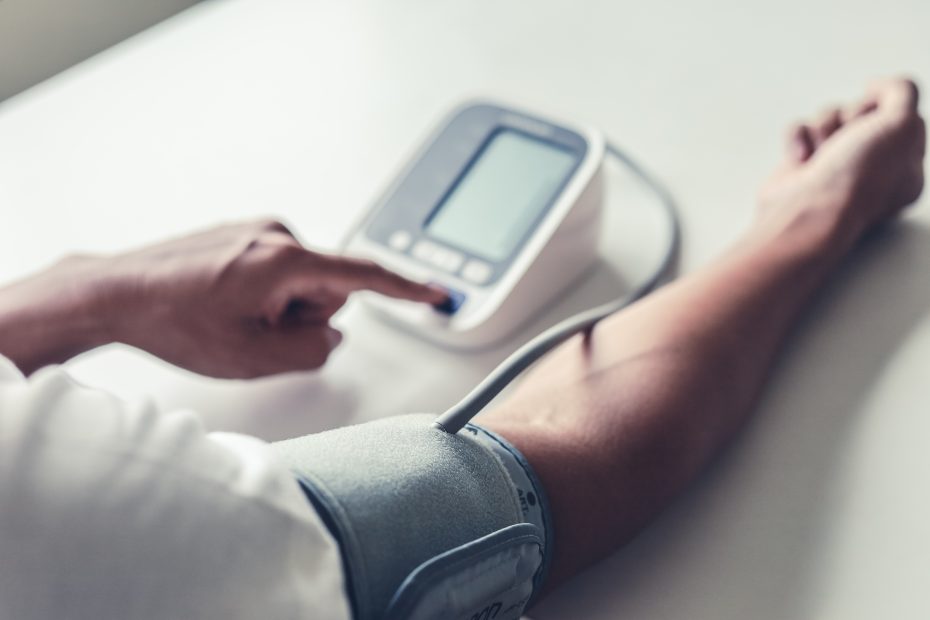There are many types of blood pressure monitors available for sale and choosing a blood pressure monitor to buy can be overwhelming. However choosing the correct type of blood pressure monitor is an essential factor for ensuring accurate blood pressure monitoring. In the United States, blood pressure monitors must be “cleared” for use by the FDA but this does not necessarily mean that the monitors have been tested for clinical accuracy. Fortunately, an organization called validate.org provides a listing of blood pressure devices that have been reviewed by a group of physician experts in blood pressure and meet standardized criteria for accuracy. Depending on the features, a validated upper arm blood pressure monitor may cost from about $35 for a basic device to over $100 depending on additional features such as Bluetooth connectivity, a wireless cuff, the ability to store blood pressure readings, and an irregular heartbeat detector. While these features can sometimes be helpful, you can confidently and accurately monitor your blood pressure using a basic validated device.
When purchasing a blood pressure monitor, upper-arm blood pressure monitors are recommended over wrist monitors. You should measure your upper arm circumference and ensure that the device you are selecting will fit on your upper arm. In some specific circumstances, such as the upper arm cuff being too small or large for a patient’s arm or having medical conditions where upper arm devices should not be used, a validated wrist blood pressure monitor may be used. However, if using a wrist device, be sure to read the instruction manual for proper placement. To ensure accurate readings, wrist blood pressure monitors must be correctly placed over the radial artery and held without motion at the heart level when readings are taken. To learn more about how to correctly monitor your blood pressure at home, check out this article or download the BPCorrect app to guide you through the process.
